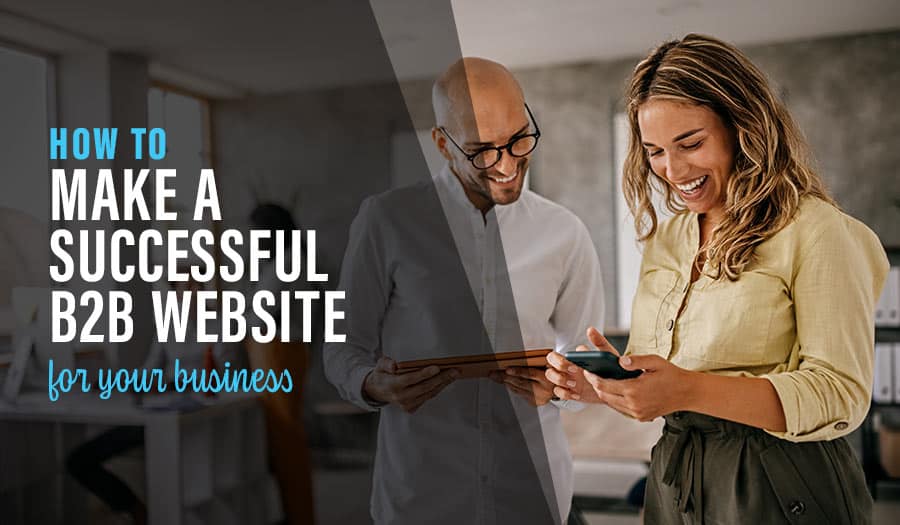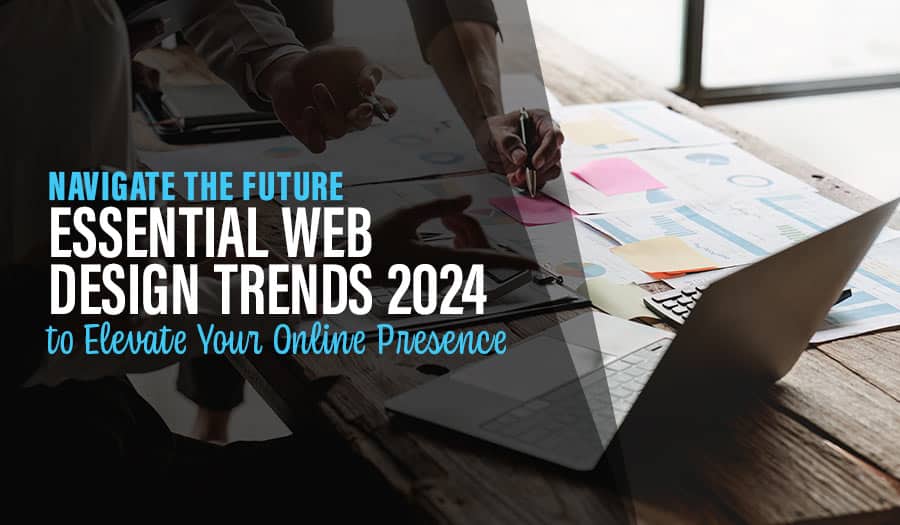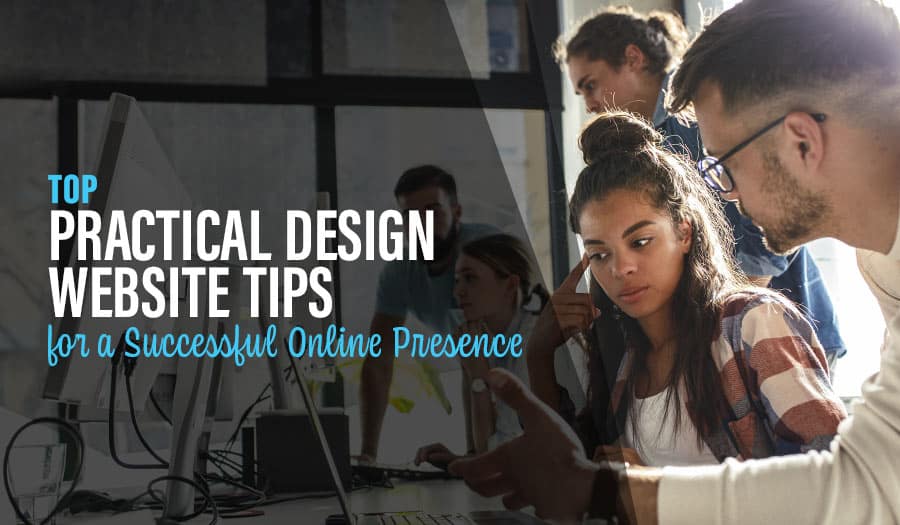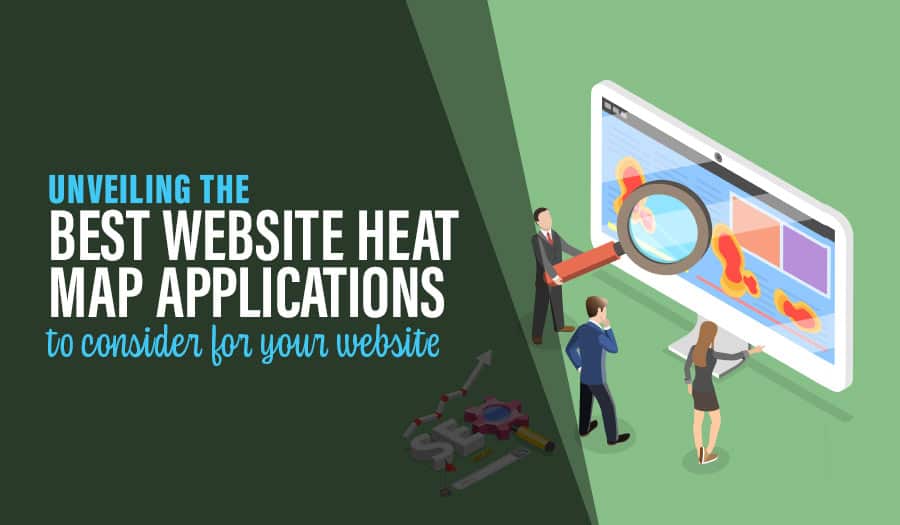Is a B2B website really different from a B2C website? Given that you’re trying to appeal to a business in the former case and a consumer in the latter, it stands to reason that their priorities aren’t going to be the same. Let’s explore How To Make A Successful B2B Website.
However, it’s an excellent point to keep in mind that the person at the other end is a human being after all. This is why the term “human-to-human marketing” is quickly gaining popularity. You’re not merely trying to communicate with a “viewer,” an “audience” or worse, “traffic”! You’re trying to appeal to a flesh and blood human being with thoughts and emotions. Keeping this in mind, you can follow specific tips to make a truly successful B2B business website.
How To Make A Successful B2B Website
- Appearance: The Look of Your Website
- Content: Correct Messaging
- Navigational Journey
- Contact Details
How To Make A Successful B2B Website
1. Appearance: The Look of Your Website
The first thing anyone notices when they come to your website is how it looks and feels. This is an intuitive thing. The person just takes in the website’s main image, layout, and any blocks of print that might stand out at first glance. And in doing so, the decision to stay or not stay on your website is already made.
Malcolm Gladwell talks about this phenomenon in his book Blink. According to Gladwell, people make up their minds about anything they come across – other people, books, places and even websites – in the blink of an eye. The first few seconds in which you encounter something are really important. Hence the importance of the look and feel of your website.
Think back to your first impression when you saw your own website. Did you immediately like it or did you have to be persuaded to do so by someone else telling you how great it was? That immediate liking is what you’re going for.
2. Content: Correct Messaging
Once your viewer has gotten past the look and feel of your website, they will start reading the content. At this point, half the job might already be done but you still have to make sure you’re sending out the correct message and using the right tone of voice.
Since you’re trying to appeal to another business, it’s important to maintain a certain tone of professionalism. You might not want to use too much slang (unless this characterises your business). At the same time, you don’t want to sound too formal either.
It’s a good idea to use at least some storytelling in your content. Talk about how you or your business encountered and solved a certain problem. This makes the customer view you as a human being and not just a robot.
3. Navigational Journey
Despite how impressed the customer might be with your website’s main page and content, they’re not going to be able to go much further unless they have a smooth navigational journey. If they click on a tab and it takes a long time to load, they’re likely to walk away. Or if they click on one tab and get information that should be somewhere else, they may not take the time to find what they were really looking for. The organisation of your website needs to be sound.
And no matter where the customer is, they should see a link to place an order for what they want. You can’t make it difficult for them to buy what you’re selling because this would defeat the whole purpose of a B2B website.
Tips for a user-friendly website menu structure to consider:
- Use a clear and visible menu bar that is consistent across your website.
- Add labels that are easy to understand and describe briefly what the page contains.
- Place important categories or pages at the top of the navigation menu, this will ensure customers can find it quickly.
- Group related categories together.
- Make sure important elements are clickable and respond quickly when clicked on.
- Optimise your website for search engine visibility so customers can find the specific page they’re looking for within seconds.
- Organising your website into an easily navigatable structure is key to helping customers find what they need quickly and not get
- Place high-level categories at the top of the page followed by subcategories.
- Keep menus short, with no more than 7 main items.
4. Contact Details
Just as it should be easy for the customer to place an order for what they want, it should also be easy for them to contact you. Having your contact details at the bottom of all your pages is a good idea. Additionally, you could also have a “contact us” tab that the customer can click on. Also try to pepper your content with statements like “contact us if you have any questions about…” or “contact us for more information about….” All these reminders to contact you will subliminally work one the mind of the consumer and get them to do what you’re asking sooner or later.
Key Elements of a Website Contact Page
- Contact information – phone, email, physical address
- Directions to your business (if applicable)
- Hours of operation/availability
- Forms for customers’ inquiries and suggestions
- A map indicating your location (if applicable)
All these elements will help the customer find what they need quickly. Additionally, you can use
Contact us for more great tips on creating a truly successful B2B website.
More Reading
WordPress for Small Business: A perfect match
Business Website SEO for Beginners
What are Landing Pages and how do they Work?
5 Simple Email Marketing Tips Every Small Business Should Use
How To Write Website Content That Engages And Connects
How to Turn Happy Customers Into Business Promoters
4 Keys to a Successful Website Home Page
7 Compelling Reasons To Consider E-marketing
How to effectively Market Your B2B Business Website
Which Social Media Channels Should Your Business Focus On?
9 Essential Website Features for Remote Users
How To Build Trust Through Your Website
E-Commerce Statistics That Can Help You Grow Your Business



